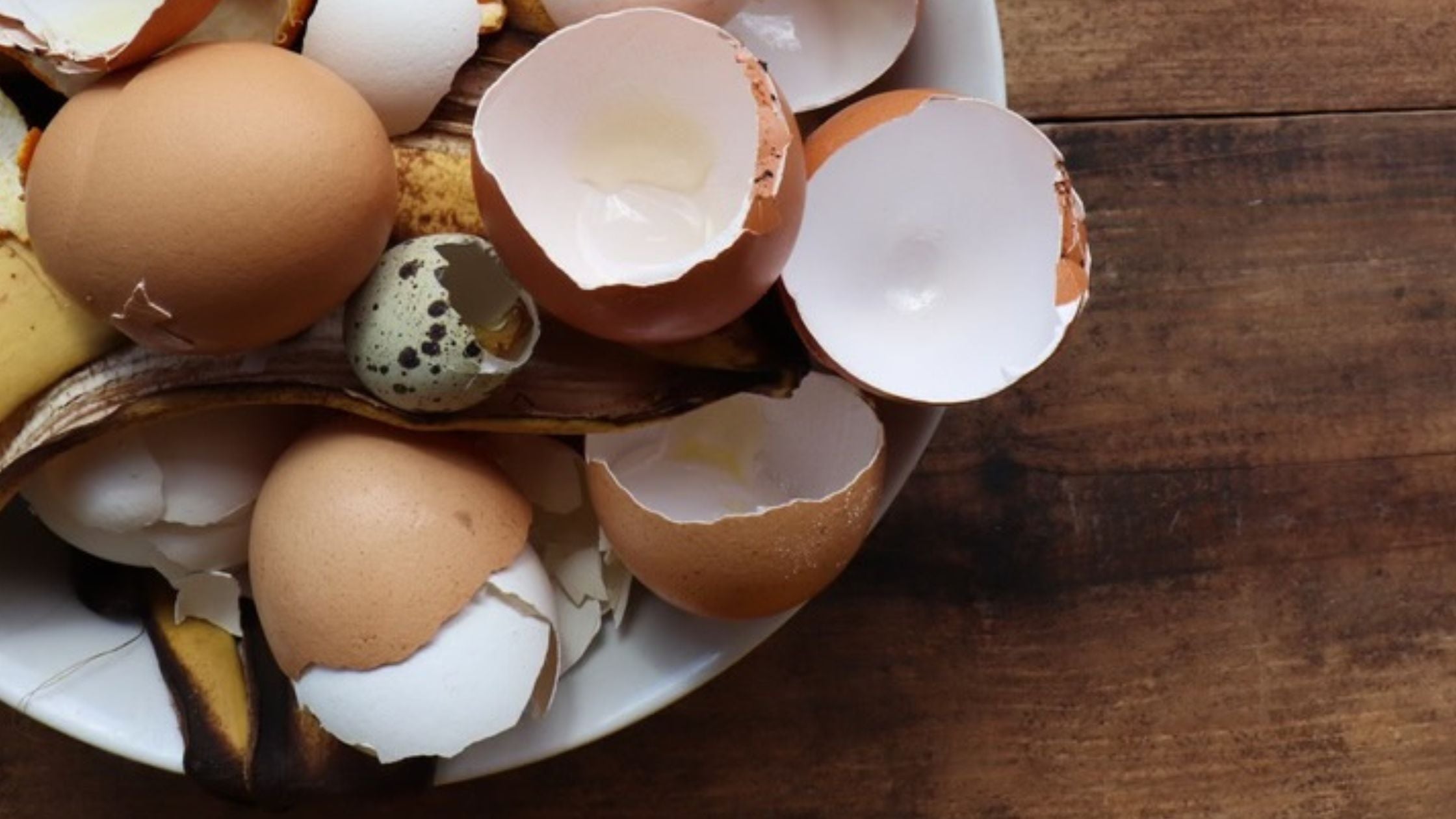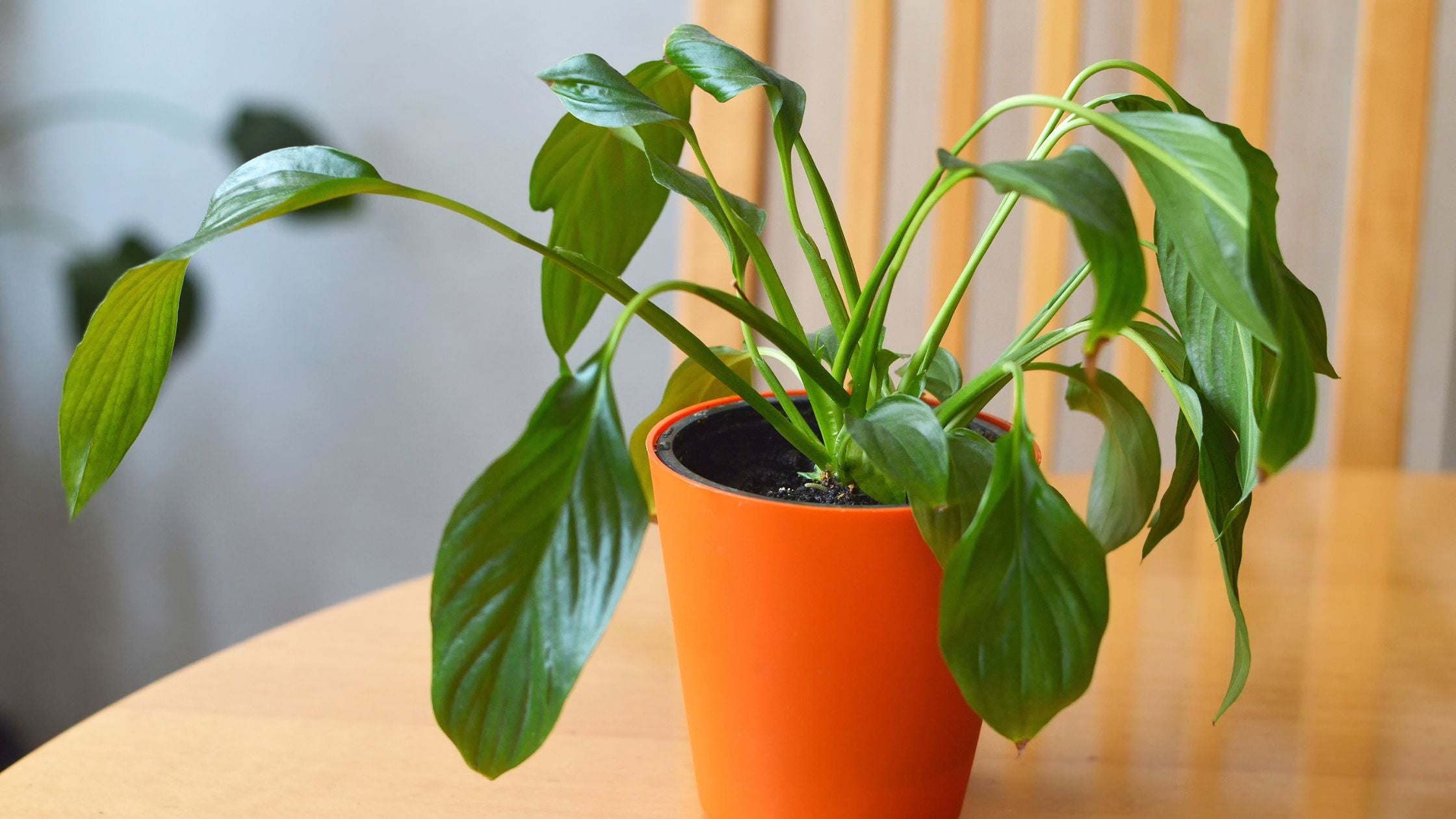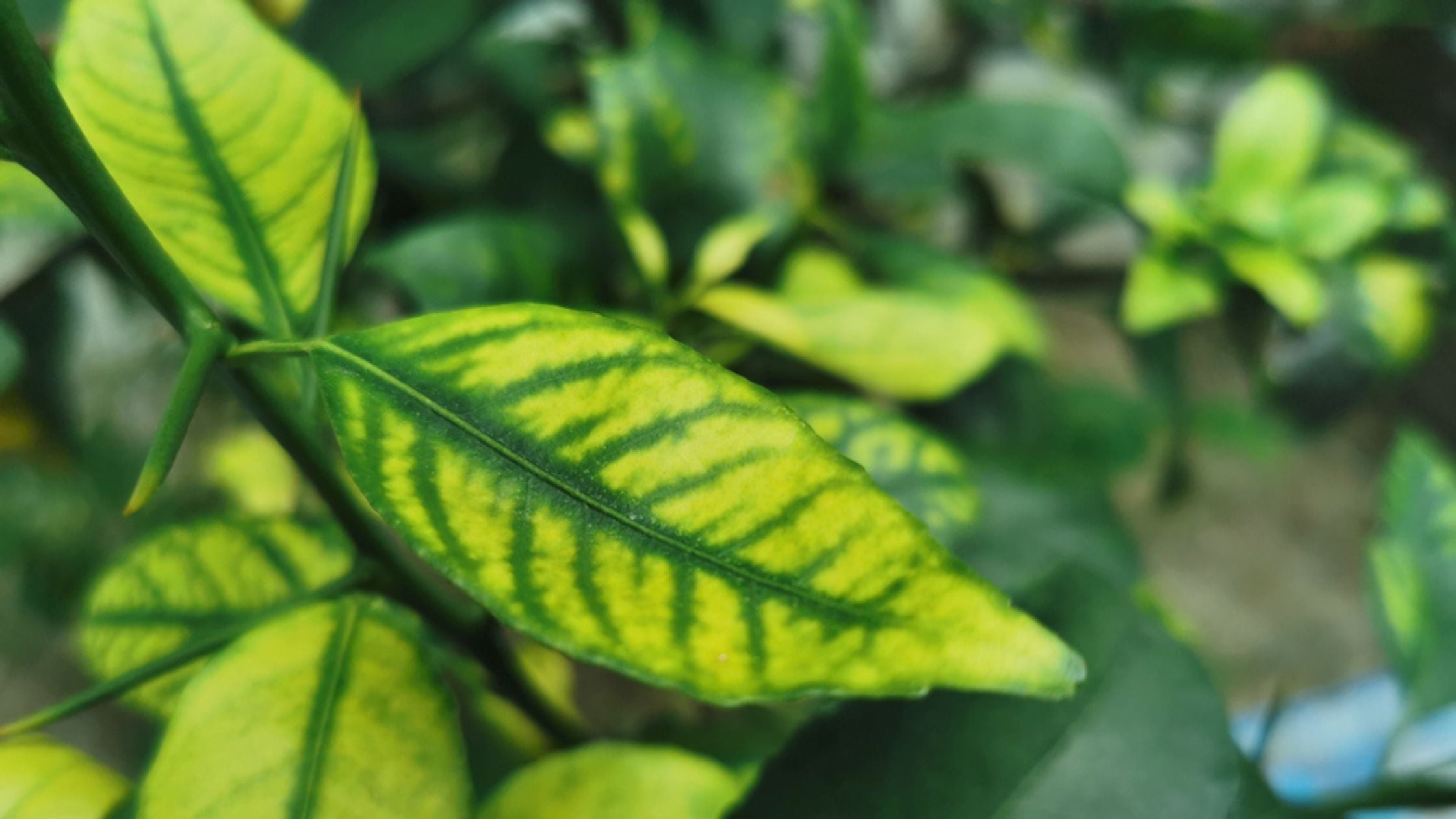
Homemade Potassium Fertilizer
Potassium (along with nitrogen and phosphorus) is one of the key essential nutrients for plants. All plants need potassium - also called potash - to grow and develop. It is the mineral nutrient that plants require in the most significant amount after nitrogen.
When your plants need a potassium boost, it can be easy and fun to make DIY potassium fertilizer. This guide explains what potassium fertilizer does and how to make organic versions at home.
What does potassium do for plants?
Potassium regulates leaf transpiration (a plant’s version of breathing) - where water and oxygen in the plant are released into the air and carbon dioxide is taken in.
Potassium maintains turgor pressure - the water pressure that keeps cells taut and the plant upright. It also controls osmotic equilibrium - the transfer of nutrients and water throughout the plant.
Young growing leaves, reproductive organs, and storage cells in roots all require potassium to thrive, and it is particularly crucial in growing juicy, fleshy fruit.
When to use potassium fertilizer
Optimize flowers and fruit
Use potassium fertilizers for plants that produce flowers and fruit. This mineral improves fruit size, appearance, color, acidity, taste, and vitamin content by activating enzymes that produce proteins and sugars. Tomatoes require high levels of potassium to produce lycopene. Any deficiency of potassium will affect the harvest quality of fruits and tubers.
Plants with large flowers like the lipstick plant, roses, hibiscus, African violets, and orchids, will also need lots of potassium just before and during their flowering period. For that phase, a nitrogen-to-potassium ratio of 1:2 is recommended.
Increase soil alkalinity
Potassium can also be used to increase the alkaline content of the soil. Acidity and alkalinity are measured in pH, which runs on a scale of 1 to 10. PH numbers over 7 indicate alkaline soil, and anything below that indicates acidic soil. Some plants strongly prefer alkaline soils, such as winter jasmine and Boston ivy.
Signs of potassium imbalance in plants
Plant growth will slow when they are low on potassium. Leaves may discolor around the edges and tips at an advanced stage of potassium deficiency. Leaves will also droop. Because potassium forms leaf cuticles that retain moisture, plants will lose water through the leaves at a higher rate. This is why plants suffering from potassium deficiency have a high water demand.
Because a plant deficient in potassium will be less able to maintain high water content in its tissues, it will be more susceptible to frost damage and stress from drought. Without potassium, plants are at greater risk from fungal diseases. Without potassium, the plant will eventually die.
On the other end, excess potassium affects overall plant nutrition by preventing the plant from taking up other essential nutrients, in particular magnesium, iron, zinc, and calcium.
Read more about how to avoid potassium toxicity in plants. As with all fertilizers, feed less than you think is required if you are unsure of the correct amounts.
What are potassium-rich fertilizers?
Potassium-rich fertilizers contain a higher potassium ratio than the two other macronutrients (nitrogen and phosphorus). Read more on what potassium does for your plant here.
The ratios on commercial fertilizer brands are called 'NPK' ratios. Each number indicates the nitrogen, phosphorus, and potassium percentage in the fertilizer. You can identify commercial brands of potassium-rich fertilizers by looking for nutrient percentages like 10:12:22, where the third number is the highest.
Homemade, organic fertilizer recipes tend to contain less concentrated amounts of the target nutrients than commercial, chemically synthesized ones. These natural alternatives lessen the chance of damaging plants by over-fertilization. It is also more environmentally sound, as there is less chance of releasing excess fertilizer into the wild.
Potassium fertilizer recipe with banana peels and egg shells
Ingredients:
- 4 banana peels
- 3 Eggshells
- 4 tablespoons Epsom salt
- 75ml water
Method:
- Dry the banana peels and eggshells by placing them in a warm oven overnight
- Combine them and add the Epsom salt
- Grind the mixture into a powder in a food blender
- Pour water onto the powder, shake to combine, and water your plants with the liquid.
Alternatively, you can create potassium-infused compost by adding banana peels to your compost bin.
Potassium fertilizer recipe with kelp
If you are lucky enough to live near the coast, foraging for potassium-rich kelp may be an option. Be sure to collect kelp rather than seaweed - the latter contains much less potassium.
To make concentrated liquid kelp fertilizer, fill a bucket with foraged kelp, cover it with rainwater, and leave it to soak for a month, stirring every few days.
To add nitrogen, add a few stinging nettle stems into the mixture.
If you would like to experiment with your own organic fertilizer recipes, here's a helpful guide for NPK ratios in many organic materials. You can use it to figure out which ingredients you need to create a perfect NPK ratio mixture for your plant.
Other homemade fertilizer recipes you might like:
- Make a homemade balanced fertilizer recipe
- How to make Organic Phosphorus fertilizer
-
DIY - Homemade Nitrogen Fertilizer




6 comments
This recipe calls for 75ml of water….isn’t that only 2.5 ounces, a little over 1/4 cup?
———
Southside Plants replied:
Yes that’s correct. If the fertilizer is still too dry add more water until it reaches a pourable consistency.
Carol A Szel
Thanks for sharing the important information.
Jon lee
What fertilizer I need to have a squash fruit
———
Southside Plants replied:
A lot of gardeners go for a balanced fertilizer (10-10-10) or one slightly higher in Phosphorus and Potassium (5-10-10).
Fernando Diaz
How long do you dry banana skins if making recipe 1? Until they are brittle and can pulverize?
Rose Stewart
Hi Malcolm,
There are fertilizers on the market specifically for avocado trees. Coffee grounds won’t be enough because avocado has very particular nutritional needs. For example, they need slightly more zinc than most other plants.
The brand Pennington makes a citrus and avocado fertilizer. You can find it here https://www.atomee.com/pennington-ultragreen-citrus-avocado-10-5-5-plant-food-fertilizer-5lbs/dp/B0KE521M2H
Good luck and keep us posted on your tree!
Best wishes,
Southside Plants.
Southside Plants
I PLANTED A BOUGHT AVO TREE AND PLANTED 3 YEARS AGO. Upto 3 months ago it had only grown upto height of 1.5metres. I heard of dried coffee grounds was a good fertiliser and applied and the tree grew up over 2.2m.
What fertiliser can i apply now for the coming spring to maximise fruit.
———
Southside Plants replied:
Wow that is super cool! I would use a special Citrus Fertilizer. It has the right balance you need for your avocado
Malcolm Pain
Leave a comment
This site is protected by hCaptcha and the hCaptcha Privacy Policy and Terms of Service apply.